The Service Design Award is currently open for submission again. Submit your project for a chance to win and present at the Service Design Global Conference in Toronto this year.
Content
The intelligence augmentation design toolkit and the associated workshop demystifies machine learning and helps non-tech experts to create smart service concepts. Using the toolkit requires neither a technical background nor any coding skills. The toolkit consists of four sets of cards, a map, two canvases and a booklet.
- What was the challenge/brief? How to teach non-tech experts to design future smart concepts.
- What was the context & industry sector? Service Design & Machine Learning
- What was the challenge/brief? How to teach non-tech experts designing future smart concepts.
- Objectives: To bridge design and tech, make the complex simple, stay tangible.
- Outcomes: IA design toolkit and associated workshop. The toolkit consists of four sets of cards: touchpoints/channels, ML interactions, customer segments (not available with CC license) and unexpected bug cards, a shopping mall map, two canvases: confusion matrix and smart service canvas and a booklet containing a summary of the workshop lectures and a dictionary.
- Target market: Non-tech experts.
Process
What type of research did you do and why? This project was created to solve a problem we had found ourselves. The authors of the toolkit felt that there was a need to approach machine learning with a fun and easy-to-understand way. We felt we needed new tools to the concept without writing code and also to bridge the gap between service design and data science. Due to the own experience and being the target group ourselves, the research part was rather light and most of the time was spent on testing and iterating the toolkit in practice.
For the background research, we used netnography, benchmarking: We wanted to find out what tools existed for designers to learn machine learning in a tangible easy way. We concluded that by that time, there were no tools specific to machine learning and service
design. We also benchmarked design games for mapping out different approaches in the field. To solve the problem, we mapped out the needs and hopes of our design and data science teams. We used online chat tools to gather information from different designers: how they felt about the topic and what kind of questions they had in mind.
How many participants were involved in each stage of research? Benchmarking was done by three people: service designer, data scientist, and tech wizard. Visual designer joined when making the first drafts. Testing of the first ideas was done with 25 people from the in-house design team and 4 people from the in-house tech team. We consulted a team of 30 designers.


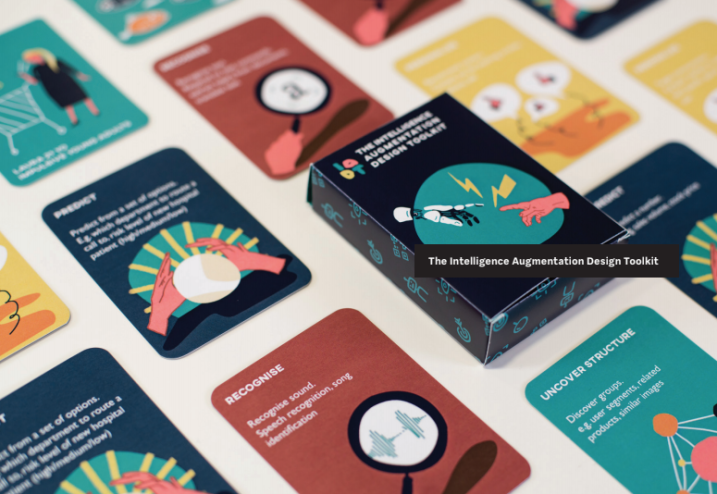
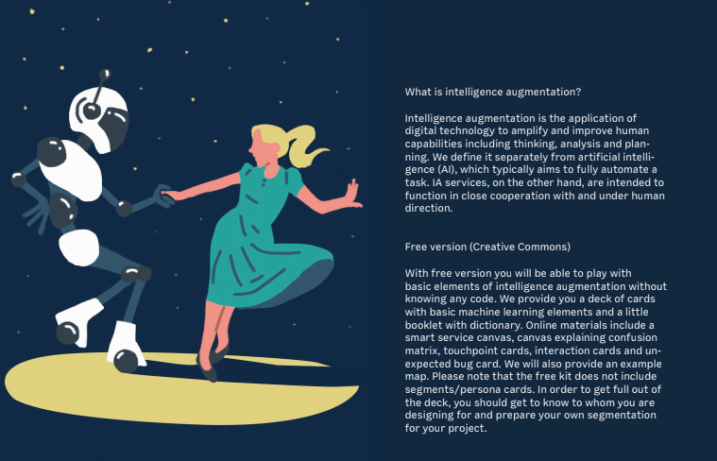
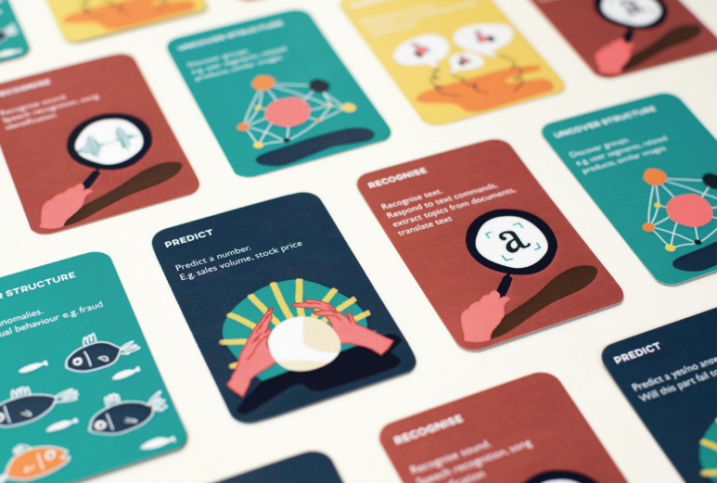
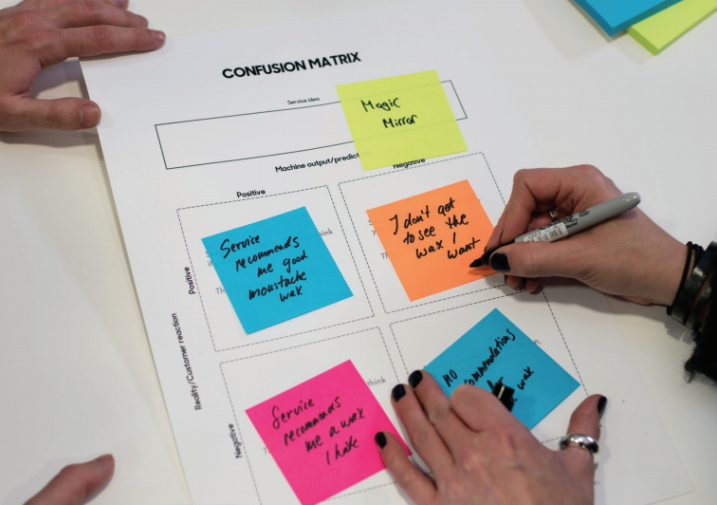
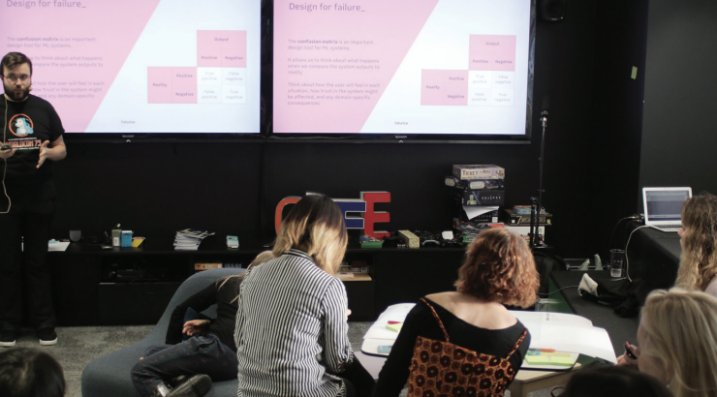





Share your thoughts
0 RepliesPlease login to comment